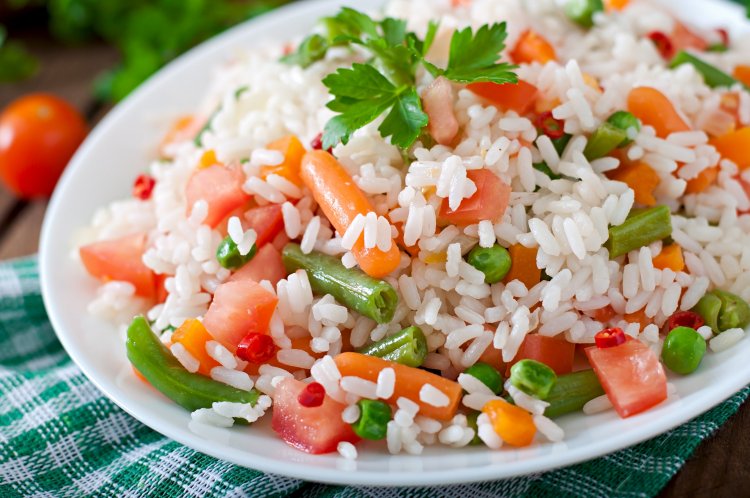Exploring the World of Rice: A Comprehensive Guide
Rice, scientifically known as Oryza sativa, is a cereal grain that has been a dietary staple for thousands of years. Believed to have originated in Asia, rice cultivation has spread across the globe, adapting to various climates and growing conditions. With thousands of distinct varieties, rice plays a crucial role in global agriculture and food security, supporting millions of livelihoods and feeding a significant portion of the world's population.

Varieties of Rice
Rice comes in an array of shapes, sizes, and colors, each with its own unique characteristics and culinary uses. Broadly categorized into long-grain, medium-grain, and short-grain varieties, rice can further be classified based on processing methods into brown rice, white rice, and specialty rice types such as basmati, jasmine, and arborio. Each variety offers distinct flavors, textures, and cooking properties, contributing to the rich tapestry of global cuisine.
Nutritional Value
Rice serves as a vital source of nutrition for billions of people, providing essential nutrients to support health and well-being. While primarily composed of carbohydrates, rice also contains moderate amounts of protein, vitamins, and minerals. Brown rice, with its bran and germ layers intact, is particularly nutritious, offering fiber, B vitamins, iron, and other micronutrients. In contrast, white rice undergoes milling, which removes the bran and germ, reducing its fiber and nutrient content but prolonging shelf life.
Health Benefits
The consumption of rice is associated with several health benefits. As a complex carbohydrate, rice provides a steady source of energy, supporting physical activity and cognitive function. The fiber present in brown rice aids digestion, regulates blood sugar levels, and promotes satiety, making it a valuable component of a balanced diet. Additionally, rice is naturally gluten-free, making it suitable for individuals with celiac disease or gluten sensitivities.
Culinary Uses
Rice's versatility in the kitchen knows no bounds, offering endless possibilities for culinary creativity. From hearty main courses to comforting side dishes and indulgent desserts, rice can be prepared in myriad ways to suit diverse tastes and occasions. Some popular culinary uses of rice include:
- Stir-fries and Curries: Long-grain rice varieties like jasmine and basmati are prized for their fluffy texture and ability to absorb flavors, making them ideal for pairing with stir-fried vegetables, meats, and aromatic curries.
- Sushi and Rice Balls: Short-grain rice, known for its sticky texture when cooked, is essential for making sushi rice, the foundation of sushi rolls, nigiri, and rice balls (onigiri) popular in Japanese cuisine.
- Risottos and Pilafs: Medium-grain rice varieties like Arborio and Carnaroli are favored for their creamy texture and ability to release starch during cooking, creating rich and comforting risottos and pilafs infused with herbs, vegetables, and meats.
- Rice Puddings and Desserts: Rice can also be transformed into decadent desserts and sweet treats, such as creamy rice puddings flavored with vanilla and cinnamon, or rice cakes and dumplings stuffed with sweet fillings like red bean paste or coconut.
In summary, rice stands as a cornerstone of global cuisine, cherished for its nutritional value, culinary versatility, and cultural significance. From the terraced rice fields of Southeast Asia to the bustling kitchens of international restaurants, rice continues to inspire chefs, nourish communities, and bring people together around the dinner table. As we celebrate the diversity and richness of rice-based dishes worldwide, let us also recognize the importance of sustainable rice production practices to ensure a bright and bountiful future for this beloved grain.
#Rice #Nutrition #HealthBenefits #CulinaryUses #GlobalCuisine #SustainableAgriculture #FoodCulture
Disclaimer:
The information provided in this article is for educational purposes only and should not be considered medical advice. If you have any health concerns or are experiencing symptoms, it is important to consult with a healthcare professional, such as a doctor or clinic, for proper diagnosis and treatment. Always seek the advice of your doctor or other qualified health provider with any questions you may have regarding a medical condition. Do not disregard professional medical advice or delay in seeking it because of something you have read in this article.
What's Your Reaction?





















